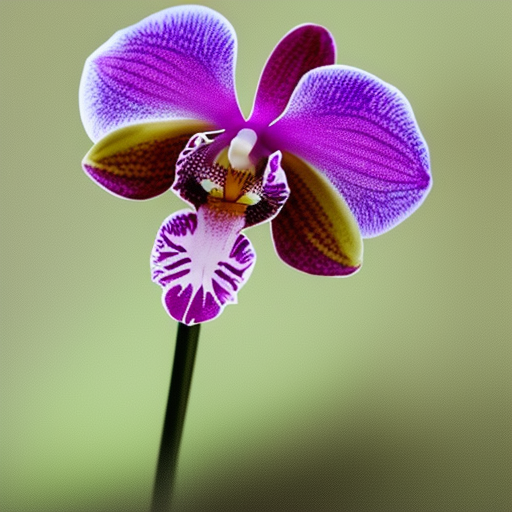The flower spike or stem that holds the orchid flower may occasionally turn yellow, but this isn't an indication that the plant is sick or dying. Rather, it is part of the natural life cycle that occurs as orchids age and display flowers.

The most common reason for an orchid stem turning yellow is improper care, so it's important to follow a regular care routine and check the health of your orchid plants regularly. If you don't, it's likely that your plants will develop nutrient deficiencies or rotted roots and stems.
If your orchid is getting too much direct sunlight, it can cause burnt and yellow leaves. The best way to prevent this is by putting your plant in a location that receives indirect sunlight. You can also protect your plant with sheer curtains or a blind to shield it from the harsh rays of the sun.
Depending on where you live, your local water might have a high amount of chlorine or fluoride in it. These chemicals can be toxic to orchids and make them susceptible to rotting. It's essential that you test your water frequently to ensure it isn't causing any problems for your orchid plants.
Some of the most common nutrient deficiencies that lead to orchid stem turning yellow are excess calcium and insufficient nitrogen. This can be caused by too much fertilizer, using a wrong type of water, or neglecting to give your orchids the nutrients they need.
This problem is most common in areas with hard water. Too much calcium can lead to calcification in the soil and in the plant's leaves, while too little nitrogen can result in yellow-to-brown leaves or lack of color. It is always a good idea to check the nutrient levels in your water before you irrigate your orchids and make sure that you're giving them the right amount of phosphorus, potassium, magnesium, and nitrogen.
If your orchid is in an area where the air and soil are consistently dry, it could be suffering from "Moisture Stress." This is a natural process for all plants. Orchids are very sensitive to their surroundings and can sense the moisture in the air and the moisture in the soil. When the orchid isn't properly hydrated, it will show by turning its leaves yellow and by displaying flowers that dry out quickly.
When you see a yellowing orchid stem, cut it back to the base. This will divert the plant's energy to grow new spikes and flowers. You can also trim the yellowing stem just above a node that hasn't produced any flowers, so that a new one will grow from it and display the plant's next set of flowers.
